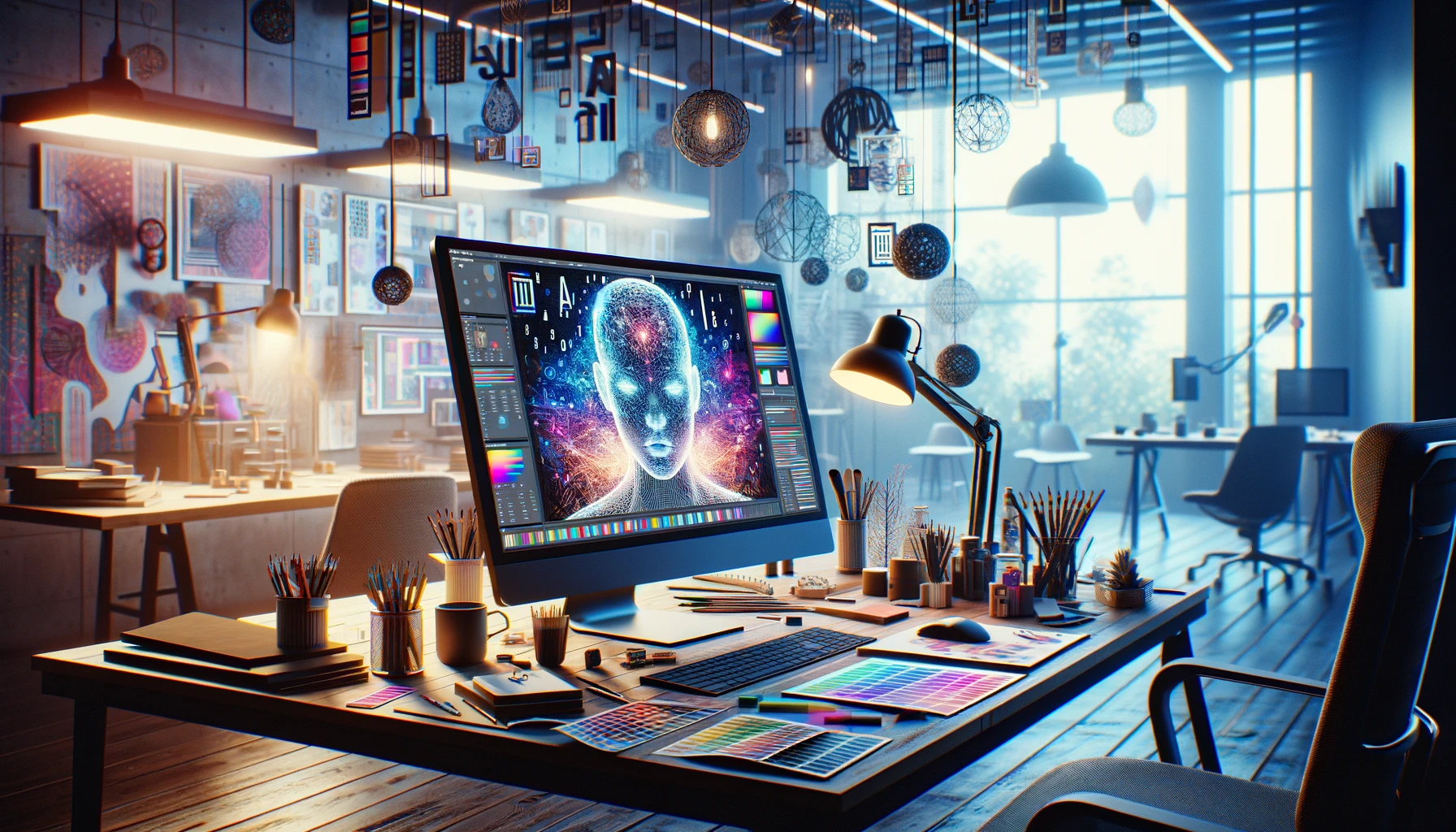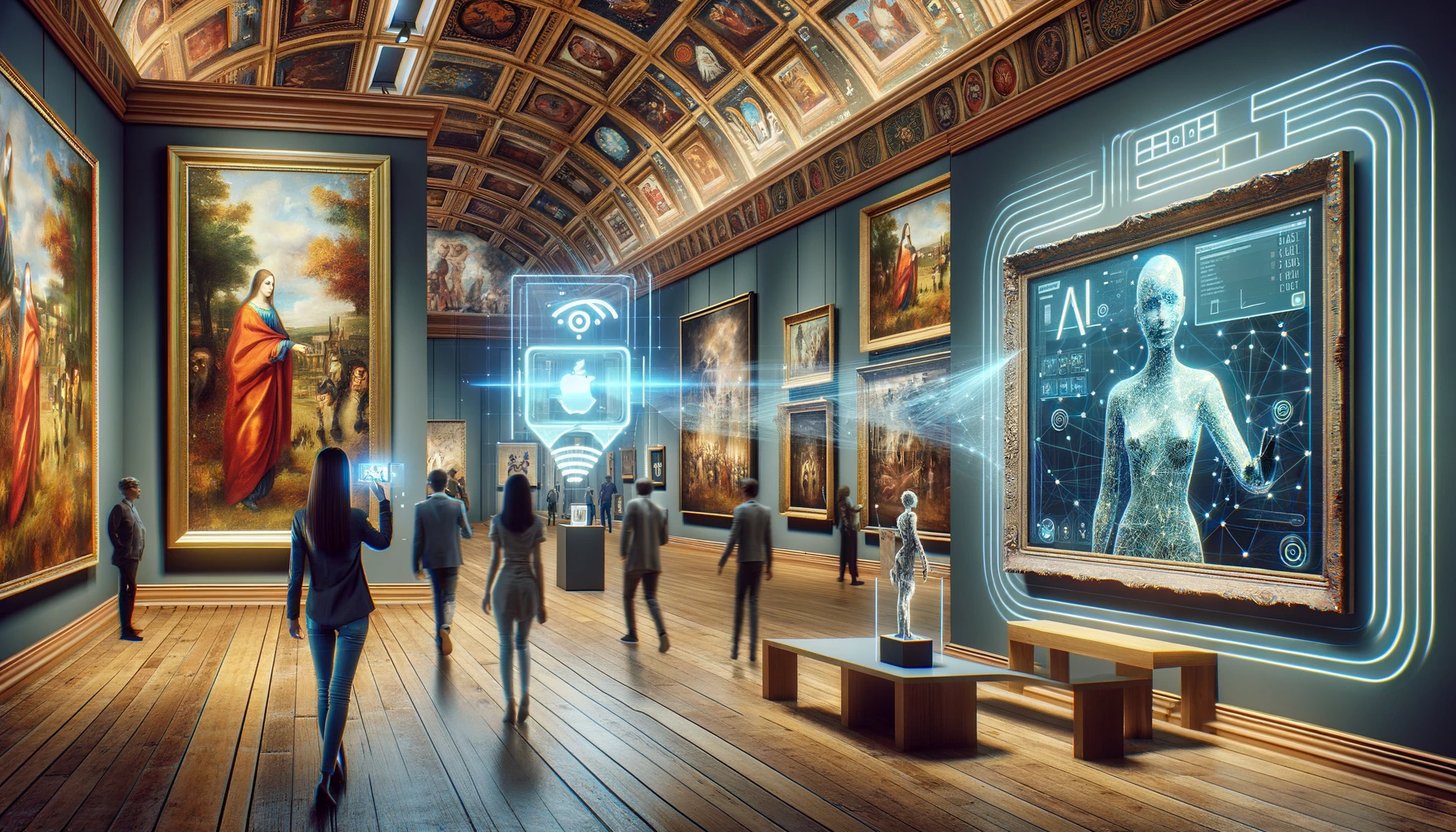
The Artistic Intersection of AI and Web Design
Let’s dive into the dynamic world of web design, a sphere where innovation never sleeps. Recently, artificial intelligence (AI) has stepped onto the scene, stirring up a real game-changer in how we think about and craft web design.
Here’s a closer look at how AI tools are reshaping the landscape of web design, setting new trends, and revolutionizing the field.
A Look Back at Web Design’s Evolution
To truly grasp AI’s impact, we need to rewind and see how web design has evolved. Back in the day, creating a website was a hefty chore, demanding deep coding knowledge and a keen eye for design. Then came content management systems like WordPress, which threw open the doors of web design to more people.
But AI? That’s a whole new revolution. It’s making web design more user-friendly, boosting creativity, and ramping up efficiency like never before.
Turbocharging Efficiency
AI’s first big win in web design is its ability to crank up efficiency. It takes over the grind of repetitive tasks—think coding, image optimization, and more—freeing designers to zero in on the more creative and strategic facets. For example, Adobe Sensei is a whiz at automating design tasks, helping designers save precious time.
A UK survey by Adobe spotlighted that 62% of creative pros feel AI has upped their efficiency game. That’s no small feat.
Elevating User Experience
AI is also a champ at enhancing website user experience (UX). It digs into user behavior and preferences, paving the way for tailored user experiences. AI-driven chatbots are a case in point, providing spot-on customer support and personalized tips to users.
In an era where personalization is king, AI helps designers craft experiences that resonate personally with users, which can be a game-changer for engagement and loyalty.
Unleashing Creativity
But AI isn’t just about automation; it’s also a creative partner. Tools like RunwayML and DALL-E empower designers to conjure up imaginative visuals and designs simply from descriptions. It’s like having a creative co-pilot, merging human ingenuity with AI’s capabilities to produce designs that were once beyond imagination.
Moreover, AI design assistants can offer instant feedback and suggestions, refining the creative process in ways we’ve only begun to explore.
Boosting Accessibility and Inclusivity
AI is making strides in making web design more inclusive and accessible. It can auto-magically align web content with the Web Content Accessibility Guidelines (WCAG), ensuring everyone, regardless of ability, can navigate and enjoy the web.
In places like the UK, where laws mandate web accessibility, AI is a key ally, helping designers meet these critical standards.
Navigating the Challenges
Of course, the AI journey isn’t without its bumps. Job displacement worries loom, though it’s more likely AI will augment designers’ roles rather than replace them. Plus, there’s the ethical maze of ensuring AI doesn’t perpetuate biases or infringe on privacy.
Looking Ahead
The road ahead is brimming with possibilities. AI in web design isn’t just a passing trend; it’s a seismic shift, setting the stage for more advanced tools and even richer design experiences.
As AI continues to redefine web design, embracing its potential while conscientiously navigating its challenges is our collective journey. The fusion of AI and web design isn’t just about smarter tools—it’s about crafting a more interactive, personalized, and inclusive digital world. And that, folks, is a thrilling prospect.

